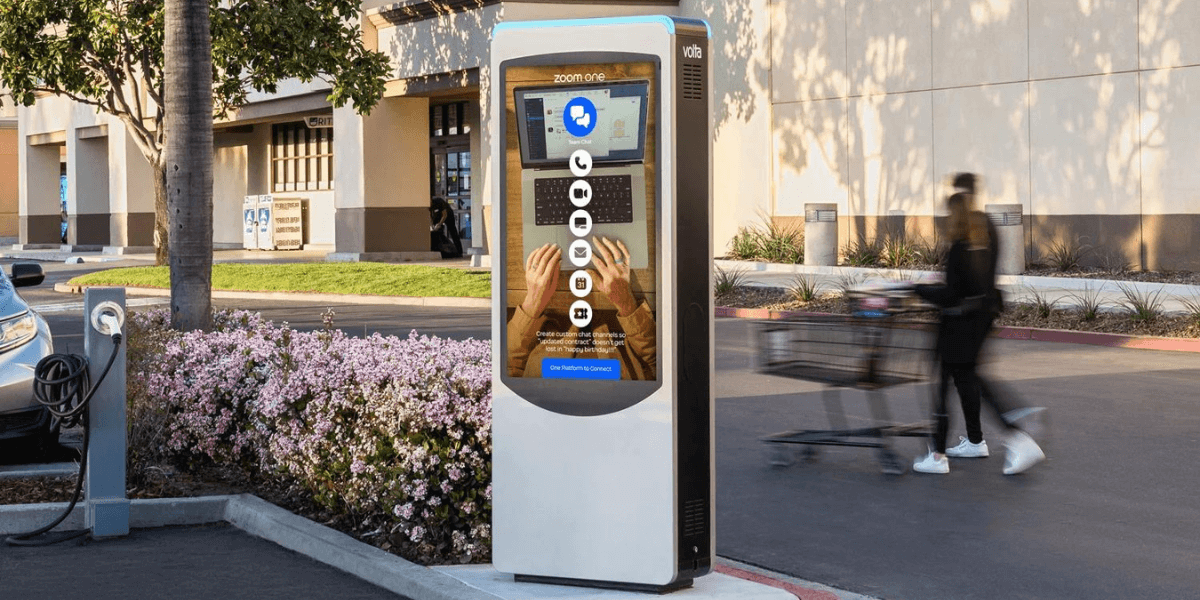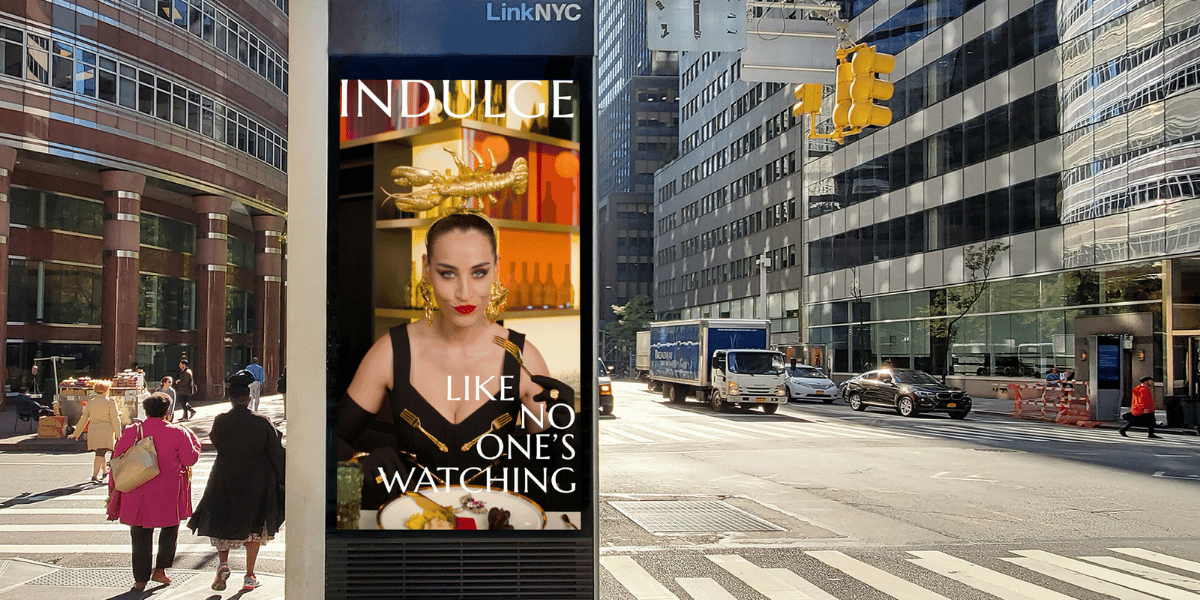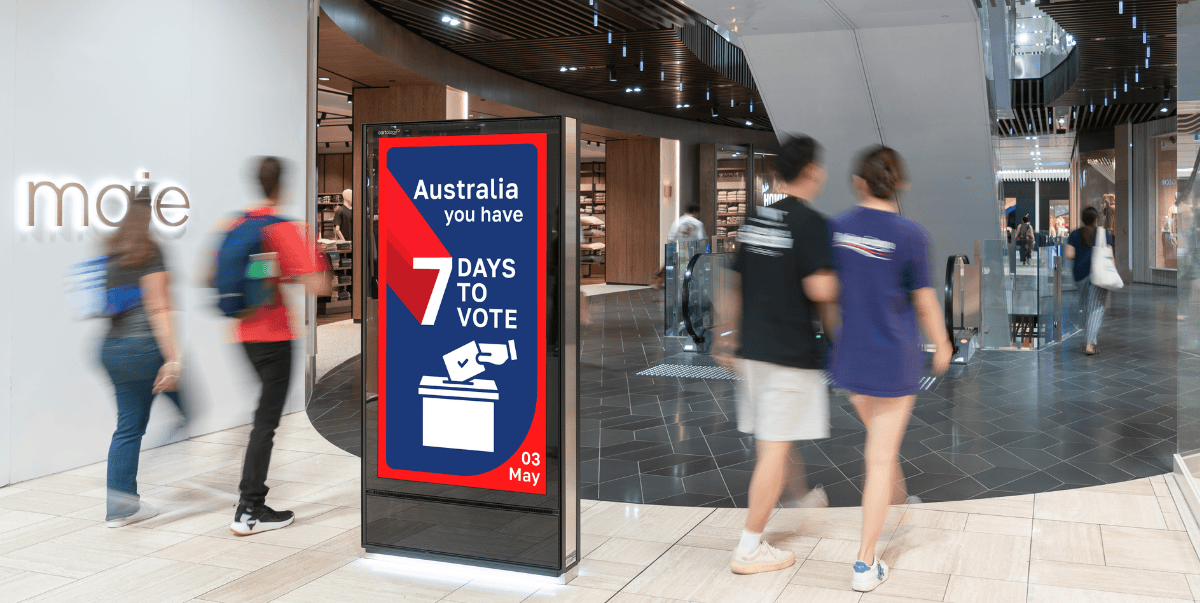
Omnichannel marketing has become more than just a buzzword—it’s become a cornerstone for brands wanting to deliver a cohesive customer experience. However, an effective omnichannel strategy isn’t about being everywhere—it’s about being strategic. Every channel should work together to create a seamless journey across all brand touchpoints.
Why does this matter? Consumers don’t necessarily differentiate between channels—they see one brand. Whether they encounter a message on social media, a digital ad, an in-store display or a digital out-of-home (DOOH) screen, they expect an uninterrupted experience. A true omnichannel strategy breaks down these channel silos to ensure every interaction is meaningful, meeting customers where they are with relevant, timely and personalized content. When executed well, this consistency builds awareness, enhances trust and ultimately drives conversions.
Ready to launch your next omnichannel campaign? Ask yourself these questions to ensure your strategy is set up for success.
1. Who is the brand trying to reach—and what do you want them to do?
Omnichannel success starts with a clear understanding of your audience. Are you targeting existing customers or new prospects? Do you want to build awareness, drive engagement or push conversions? Defining their behaviors and motivations will shape your messaging and media mix.
Audience behaviors also vary by platform, making it essential to tailor your approach . A social media user scrolling through their feed has a different mindset than someone watching a CTV ad or passing by a digital billboard. Are they in discovery mode, actively searching for solutions or simply being exposed to your brand for the first time? Understanding these nuances is key to driving meaningful engagement.
2. If a product is to be purchased, where do you want them to buy it?
Make sure your campaign guides consumers smoothly through the buying process. Are you sending them straight to an e-commerce site, a physical store or a third-party retailer? Align your messaging and media placements to make the transition from ad to purchase as frictionless as possible.
3. Are you aiming to boost sales or focused on increasing awareness?
Clarifying your primary goal helps shape your strategy. Are you focused on building awareness and long-term recognition or driving immediate conversions? Your mix of channels, messaging and creative should align with these objectives. Continuously test, refine and double down on what works best for each stage of the consumer journey.
4. Do you want the audience to take advantage of a direct promotion?
If you’re offering a promotion, ensure the messaging is clear, compelling and time-sensitive. More importantly, make sure the promotional offer is visible across all touchpoints—whether someone sees your ad on a billboard, on social media or through a search ad. Every impression should reinforce the urgency and value of the offer.
5. What channels are you going to leverage?
Omnichannel is about integration, not just presence. Once you've nailed down your goals and promotions, it's time to decide where and how they'll show up. For example, if you’re running a digital out-of-home (DOOH) campaign, how does it connect to your paid social or connected TV (CTV) efforts? Are your messages reinforcing each other across platforms, or are they operating in silos? Map out each channel in your strategy and how it relates to each stage of the consumer journey.
6. Is the creative captivating and exciting?
A campaign is only as strong as its creative. Make sure your ads are tailored for each channel so they stand out. Think about how your audience interacts with different platforms—what works for one may not work for another. A highway billboard needs to be bold and simple, while an email campaign can go deeper with personalized content. No matter the format, your messaging should stay consistent, reinforcing the same brand story while adapting to each channel’s strengths.
7. Does the creative align with your goals?
Your messaging should match the campaign’s purpose. If you’re driving awareness, is your creative designed to make a lasting impression? If you're focused on driving sales, is the call to action strong and clear?
Every piece of content should serve a purpose, whether it’s sparking interest, building engagement or driving a specific action. Test different creative elements, formats and messaging to see what resonates best with your audience and optimizes performance.
8. Are you balancing brand and performance marketing?
A successful strategy isn’t just about short-term wins or long-term branding—it’s about integrating both. While brand-building establishes trust and recognition over time, performance-driven efforts deliver measurable actions. Your strategy should leverage both to create sustained impact. Does your strategy strike the right balance?
9. Are all campaign elements working together?
No ad should stand alone—every touchpoint should lead to the next. A DOOH ad can encourage consumers to search on google, reinforce social engagement and ultimately guide them to purchase. The most effective omnichannel strategies aren’t just present across multiple platforms—they’re designed to work in sync, amplifying impact at every stage of the journey.


